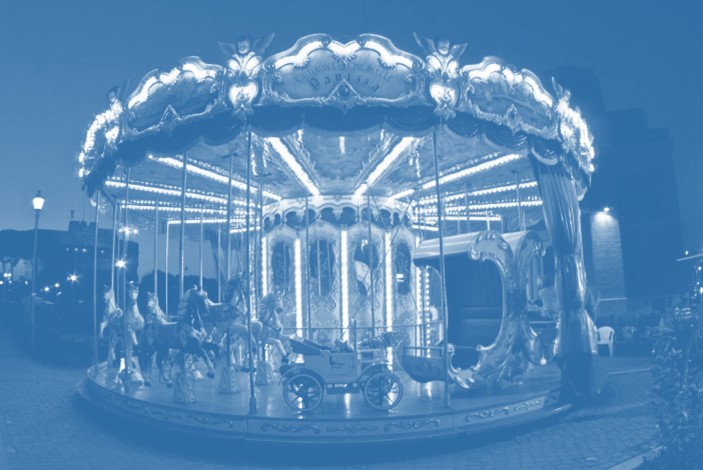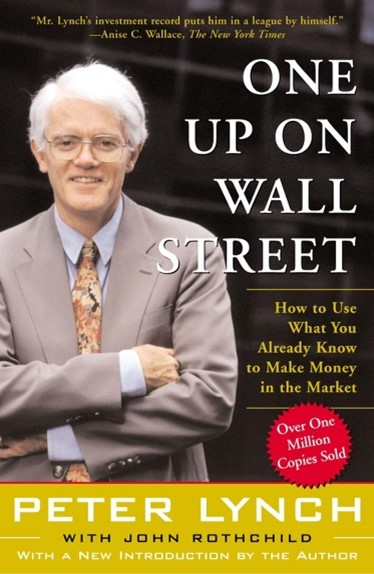The swan song
The oil race seems unstoppable. $100 per barrel is no longer a mirage. This relieves the budgetary stress of Russia and the Middle Eastern countries. It gets the US shale oil industry moving again. It creates reflation and is good for the economy. This phase, if continued, will further accelerate the shift to electric mobility, releasing new confidence and investment.  More than 70% of oil is used for the transport industry. According to the latest Energy World Outlook of the International Energy Agency (IEA), oil demand in 2030 will be about the same as in 2019 and in 2040 it will be about 5% higher. The IEA is an independent supranational organisation under the umbrella of the OECD. McKinsey, a well-known strategy consultancy, forecasts a 15% drop in oil demand in 2040 in the base case scenario and a 60% drop if the global warming target of 1.5 degrees is to be maintained by 2100 (click here for the report). More positive is OPEC, which sees a growth in demand until 2045.
More than 70% of oil is used for the transport industry. According to the latest Energy World Outlook of the International Energy Agency (IEA), oil demand in 2030 will be about the same as in 2019 and in 2040 it will be about 5% higher. The IEA is an independent supranational organisation under the umbrella of the OECD. McKinsey, a well-known strategy consultancy, forecasts a 15% drop in oil demand in 2040 in the base case scenario and a 60% drop if the global warming target of 1.5 degrees is to be maintained by 2100 (click here for the report). More positive is OPEC, which sees a growth in demand until 2045.
Producers such as BP (click here to access the presentation of its scenario) and Royal Dutch are cautious, with various scenarios, some of which are quite negative (-40% of demand by 2050). While Exxon is more positive, forecasting a 20% increase in oil demand from 2019 to 2040. In short, very different scenarios. However, if we really believe, as we do, in an almost total switch to electric (including hydrogen) road transport from 2030, as well as a sharp reduction in the use of oil derivatives, we can assume that demand will then be 50% of what it is today. It will only take two to three years to realise this. If this is the case, what we are witnessing today will be the last bull market for oil and for oil companies. Oil companies, faced with the rise of black gold, have streamlined their cost structure and lowered their investments over the last 12 months, thus increasing their operating leverage and generating a lot of cash. Like all bull markets, the upswing can be violent and exceed all expectations. The more surprising the upturn, the more painful the subsequent downturn will be. A good ride to enjoy, but not too far from the emergency exit.
The carousel
It’s hard not to lose your wits. One day a figure comes out and the market concludes that growth is too strong and there is a risk of inflation. Shortly after, another figure comes out and growth is disappointing and the government indicates a return to deflation. With the pandemic it is not so different. One day the focus is on the countries where things are getting worse, the new variants that will arrive and the despondency that the virus cannot be defeated for good.  The next day we see the collapse in lethality and the situation in Western countries where vaccination is entering its last phase, and the inevitability of a similar ending in laggard Western countries (Japan) and emerging countries where vaccines are finally becoming available. This is an unbearable merry-go-round, particularly for those who do not invest in growth and Nasdaq because they consider the valuations excessive. These markets, in fact, find strength and vigour from fears about economic growth.
The next day we see the collapse in lethality and the situation in Western countries where vaccination is entering its last phase, and the inevitability of a similar ending in laggard Western countries (Japan) and emerging countries where vaccines are finally becoming available. This is an unbearable merry-go-round, particularly for those who do not invest in growth and Nasdaq because they consider the valuations excessive. These markets, in fact, find strength and vigour from fears about economic growth.
Last week’s jousting focused on fragile growth and the market was particularly punishing for value stocks. The gains of several weeks, not monetised in the name of the new paradigm of guided and inevitable growth, were crushed by a rough and tumble market. Here we see hundreds of exceptional opportunities. With a risk/benefit profile from the 1970s. The reporting season is approaching and we are confident that the old economy will perform well at this juncture, helping the process of consolidating the uptrend of the last six months and laying the groundwork for the next bullish leg.
Looking at the glass half-full, advisors will have more time to educate clients who are too liquid or over-invested in high-growth, obviously overvalued stocks to encourage them to stretch into the old economy, which is now available at bargain prices. Those who are value managers will have time to talk about their market, bringing ever more striking examples of the great value hidden here today. These are simple examples that require no imagination. Those who invest in growth as an asset class, irrespective of valuations, will continue to live in their exciting bubble, carpeted in blind faith, which has enabled them so far to hang on to their jewels and accumulate huge capital gains. The same faith will prevent quite a few of them from selling when this long phase has run out of fuel.
Turn, the merry-go-round turns. Let us serenely enjoy the best rides; let us make profitable use of the others.
The fox and the grapes
There are those who suggest that it is a bit like the fox and the grapes, and that we envy the results that the growth approach has returned to its investors over the years. Absolutely true! There have been phases of growth and value in the stock market over the decades. Cars, electricity, telephones, TVs or PCs were the reason for great results for the growth approach.  Like today, the internet and digitalisation. We can’t help but be a little depressed that the last five years have seen the very strong hegemony of this approach, which we do not adopt. However, it is part of the game. Value is a spring. If you can hold on through the less-than-exciting phases, when the tide rises and the spring is released, the rewards can be considerable. With the added bonus that with a well-diversified value portfolio you are unlikely to break your neck, a risk that always exists for growth. So, to paraphrase Frank Sinatra, we smile as we think that “the best is yet to come…”.
Like today, the internet and digitalisation. We can’t help but be a little depressed that the last five years have seen the very strong hegemony of this approach, which we do not adopt. However, it is part of the game. Value is a spring. If you can hold on through the less-than-exciting phases, when the tide rises and the spring is released, the rewards can be considerable. With the added bonus that with a well-diversified value portfolio you are unlikely to break your neck, a risk that always exists for growth. So, to paraphrase Frank Sinatra, we smile as we think that “the best is yet to come…”.
As for the claim that we have it in for growth, we brand it as absolutely false. Being a value manager or a growth manager is a matter of character. You don’t choose. And we are value.
We dedicate our latest piece to one of the greatest growth investors of all time, Peter Lynch, whom we not only respect but revere.
Growth (fundamental) investing – Peter Lynch
If John Templeton refined his art slowly, reaping the fruits of his labour only after the age of 50, Lynch was a natural talent, who combined unusual maturity with instinct and great analytical ability. Lynch rose to great fame before the age of 40. He always kept a low profile and left the management business after just 15 years.
Lynch spent his entire professional life with a large management company, Fidelity. After about 5 years as a fundamental analyst, in 1976 he was given an $18 million fund to manage, the Magellan Fund. By the time he left management in 1990 it had become the largest fund in the world with over USD 20 billion in assets and had outperformed its benchmark in 11 out of 13 years with stellar performance.
Lynch brought innovation and a renewed spirit to the industry. He is the inventor of terms that have remained in the jargon such as GARP (growth at reasonable prices) and ten bagger (a stock with the potential to multiply by ten). And these were the companies he was looking for, almost always small and medium-sized ones. Among his many witty indications, some of which we particularly like, are as follows:
1) The market often confuses a sector’s sales growth with the growth of stocks’ earnings. Lynch advises staying away from high-growth sectors where the investment requirements and competition are enormous. He prefers more boring sectors where growth and opportunities of individual stocks are neglected.
2) Know what you are buying. According to Lynch we are all experts on something because we experience it in real life. He bought Apple because his kids had Macs. And, again according to Lynch, we need to supplement the information and impressions we have with thorough product and industry insights before we buy. In a time when access to corporate information was much more difficult than it is today, Lynch was a pioneer in keeping in touch with companies and thus understanding the accounting used and anticipating the evolution of corporate changes. He was one of the first investors in Nokia as it sold off its many traditional businesses to focus on telephony.
3) Don’t try to predict the business cycle. He points out that guessing three times in a row about the US interest rate trend can make you a billionaire. And there aren’t that many billionaires around… Better to focus on stocks that can grow earnings through different cycles.
4) Volatility is a fantastic ally if you know what you have in your portfolio (and if your clients trust you).
Here’s a link to a hilarious speech he gave in 1994 at the National Press Club, where he uses tasty anecdotes to illustrate his style.
Back
